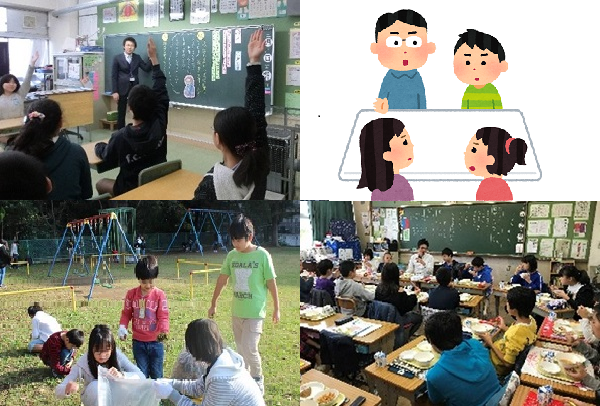Other languages : Arabic
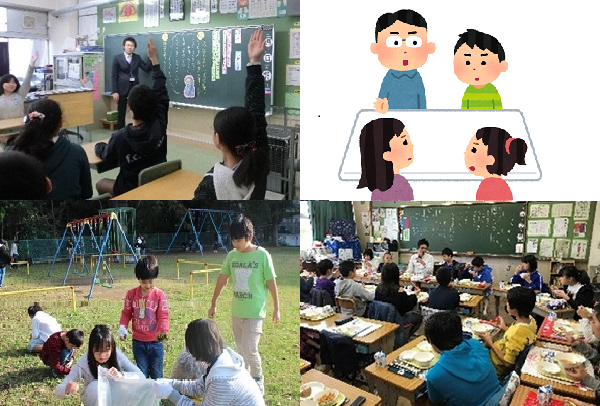
Through the morals class, the students learnt about work and social service, and through actual cleaning up of the community, they were able to experience the significance and the sense of fulfillment and being useful for everyone. In addition, they were able to connect with local residents, greeting them on their way to and from school and participating in local festivals. The number of students who are interested in the local garbage problem has also increased.



Target grades:
Activity Category:
Time:
All grades in primary school
- Morals lesson (1 period)
- School events (1 period)
- Reflection (End of day meeting)
- Exchange school lunch
![]()
Aims
By working together with local residents to clean up the area where the students live, they can deepen their awareness of being a member of the community and develop a spirit of hard work and social service.
![]()
Teaching materials and equipments
- Morals lesson (Learning about work and community service)
- Contact the local neighborhood association
![]()
Implementation Procedure
Morals lesson (about work and community service):
The students thought and discussed about the activity/news, in which, Japanese players and supporters cleaned up the venue straight after the World Cup soccer match before leaving.
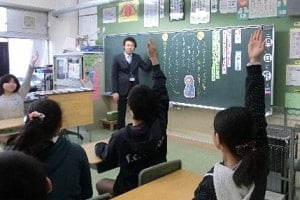
Discussing at home:
Based on what the students learnt in moral lesson, they discussed at home to deepen the spirit of work and community service. Their parents wrote comments on the student’s moral thinking.

Determine the date for community cleanup:
After the school-staff (incl. teachers) meeting, they contacted the head of each neighborhood association and decided the date for the community cleanup. At the same time, they invited the PTA to participate.
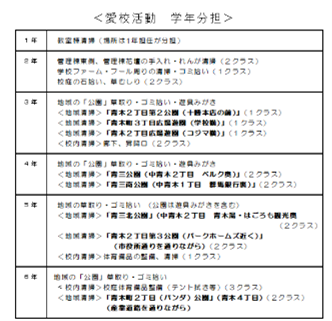
Prior Guidance:
The teachers guided students to understand the significance and purpose of the community cleanup, and the task demarcation for the cleanup.
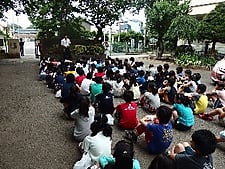
Community cleanup:
The students cleaned up the local park, etc. with people from the neighborhood association and the PTA. Some of the students picked up trash on the way to and from the park, etc., when they found it on the street. The representatives of the students presented their impressions about the cleanup and received encouraging words from the neighborhood association and the PTA.
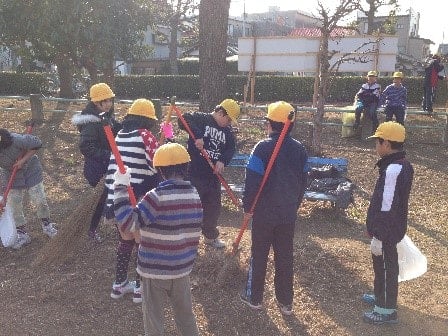
Reflection (End of day meeting):
In addition to sharing the thoughts and impressions for the community cleanup among students, they were facilitated by teachers to be able to express their gratitude to the people who clean up the community on a daily basis.
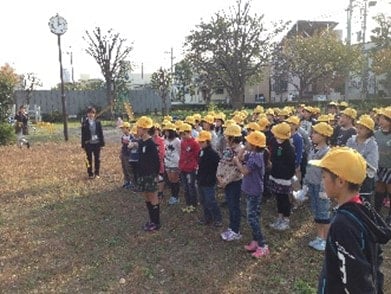
Thank you party for the local community (school lunch exchange):
The students invited the people who helped them in the community cleanup to lunch and held a party to show their appreciation.
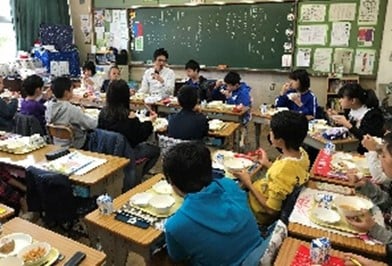
![]()
Voices of children
- I learnt that the reason why the neigbourhood is always clean, because the local people have been cleaning it. We want also to keep the neigbourhood clean on daily basis.
- I was able to make friends with the local people, so next time I see them on the street, I will greet them.
![]()
From the author

- It is important for the children to be aware of the significance of this activity beforehand.
- It is very effective to involve the wide variety of people, in order to nurture the students who will take important community roles in the future.
![]()
References
![]()
Explanation of terms
Moral education:
Moral education is based on the fundamental spirit of education stated in the Fundamental Law of Education and the School Education Law, that aims to cultivate morality as the basis for thinking about one's own life, acts based on one's own judgment, and living better with others as an independent person. School timetable contain one class per week (45 minutes) for moral education with the textbook approved by the Ministry of Education, but moral education should not be limited to this class. It should be that moral education in schools is conducted throughout the entire educational activities of the school.
Related article
-
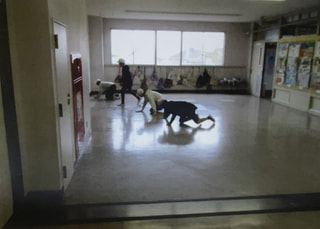
【Saitama, Japan】”Pleasant cleaning” To a school where everyone can feel good by their own hands
-
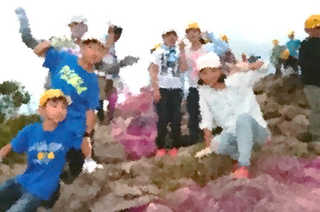
【Japan-Saitama Prefecture】 Forest School to Foster Independence in Cooperation with Friends
-
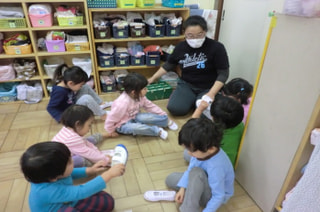
Establishing Healthy Lifestyle of Young Children through Cooperation between Kindergarten and Home
-

Fun and orderly disciplined hand washing
Previous
Bunkyo Gakuin Girls' Junior High School and High School: Group studies about pregnant women and newborns health in developing countries
Next
How to brush your teeth properly to protect your precious teeth.

